Understanding patterns Addition Worksheets for Ages 3-9
29 filtered results
-
From - To
Explore our "Understanding Patterns Addition Worksheets," designed specifically for children aged 3-9. These engaging worksheets help young learners recognize and apply patterns in addition, fostering essential math skills. By identifying sequences, counting objects, and solving problems, children not only improve their addition abilities but also develop critical thinking and problem-solving skills. Our worksheets feature colorful illustrations and interactive exercises that make learning fun and enjoyable. Perfect for parents, teachers, and educators, these resources are easy to use and cater to various learning styles. Encourage a strong foundational understanding of math concepts with our thoughtfully crafted pattern addition worksheets!


Boomerang Addition Worksheet
Understanding patterns and addition is crucial for children ages 3-9 as it lays the foundation for their mathematical thinking. Patterns help children recognize relationships and predict outcomes, which enhances their problem-solving skills. These skills are vital not only in mathematics but also in everyday life. When children can identify a pattern, they begin to understand that mathematics is consistent and logical, making it less intimidating.
Addition, on the other hand, is one of the foundational operations of mathematics. Mastery of addition enables children to grasp more complex mathematical concepts later on, such as subtraction, multiplication, and division. By engaging with addition through patterns, children can explore numerical relationships, which fosters a deeper understanding of quantities and operations.
For parents and teachers, focusing on patterns in addition makes learning enjoyable and interactive. Age-appropriate activities, such as singing songs, using visual aids like blocks, or engaging in hands-on games, can stimulate children’s interest and participation. By nurturing an early understanding of these concepts, you equip children with essential skills that will support their academic growth and boost confidence, ultimately contributing to their overall development as critical thinkers and lifelong learners.
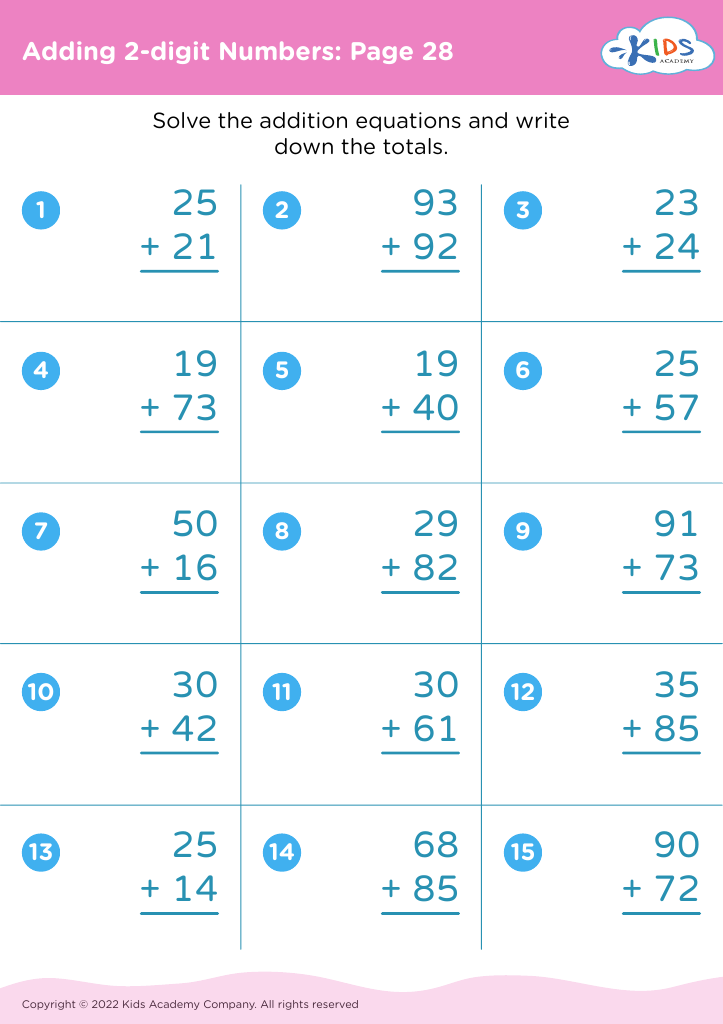

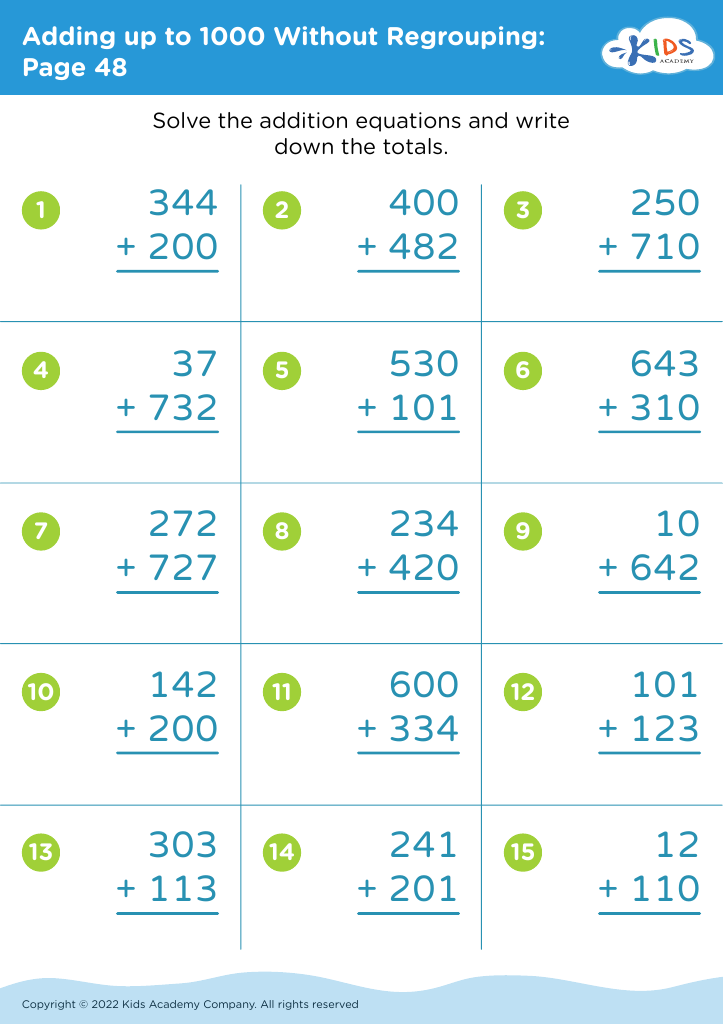
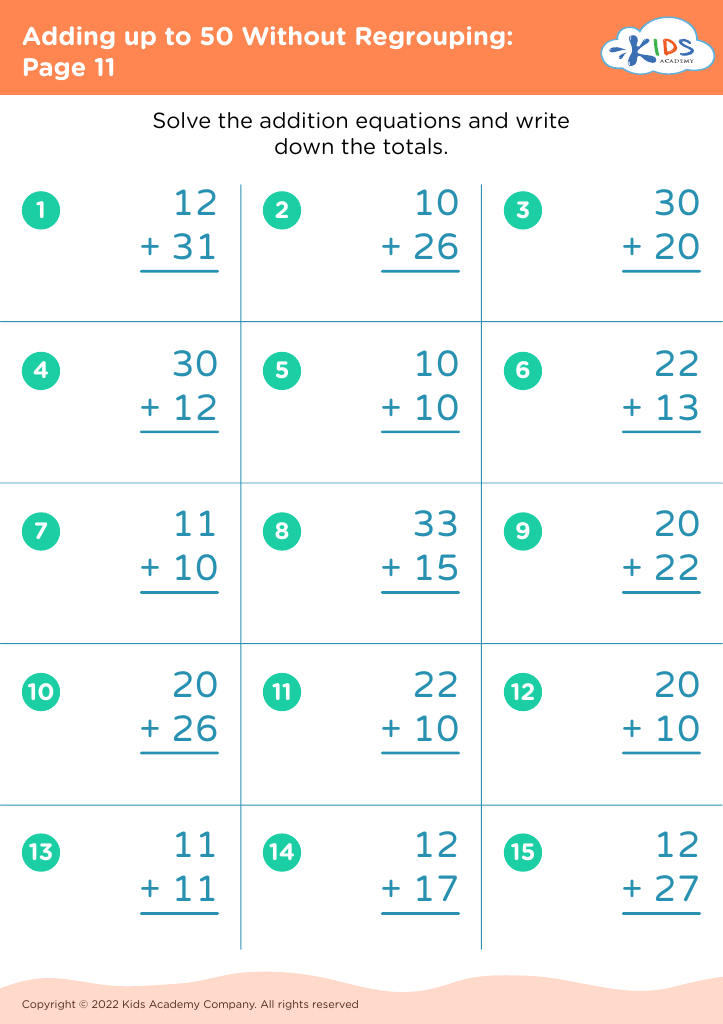

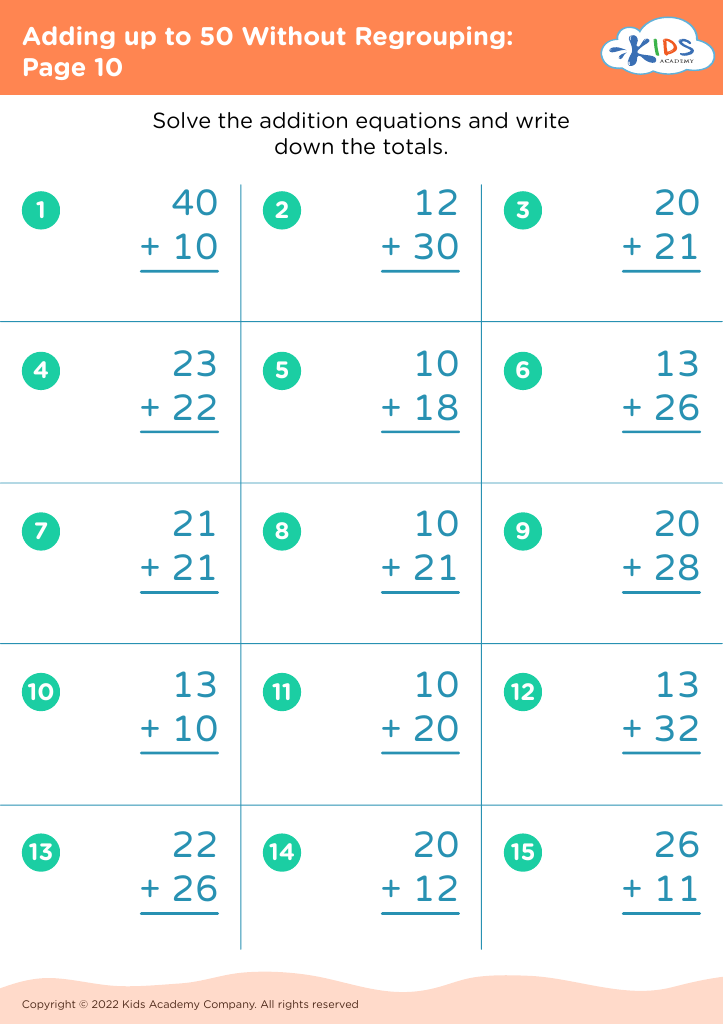

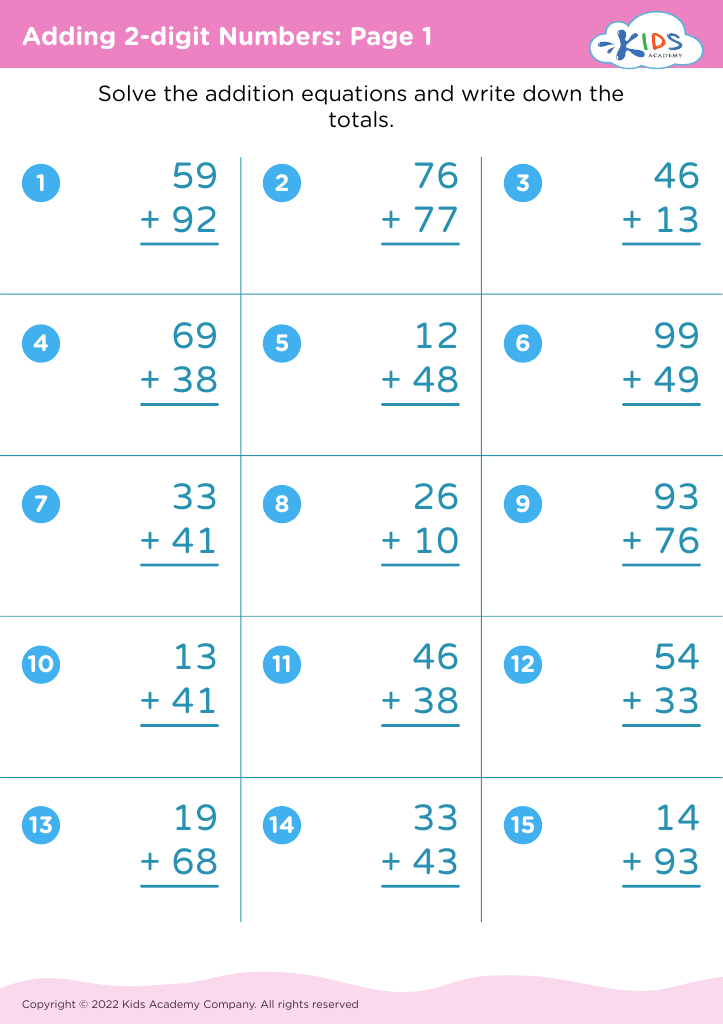
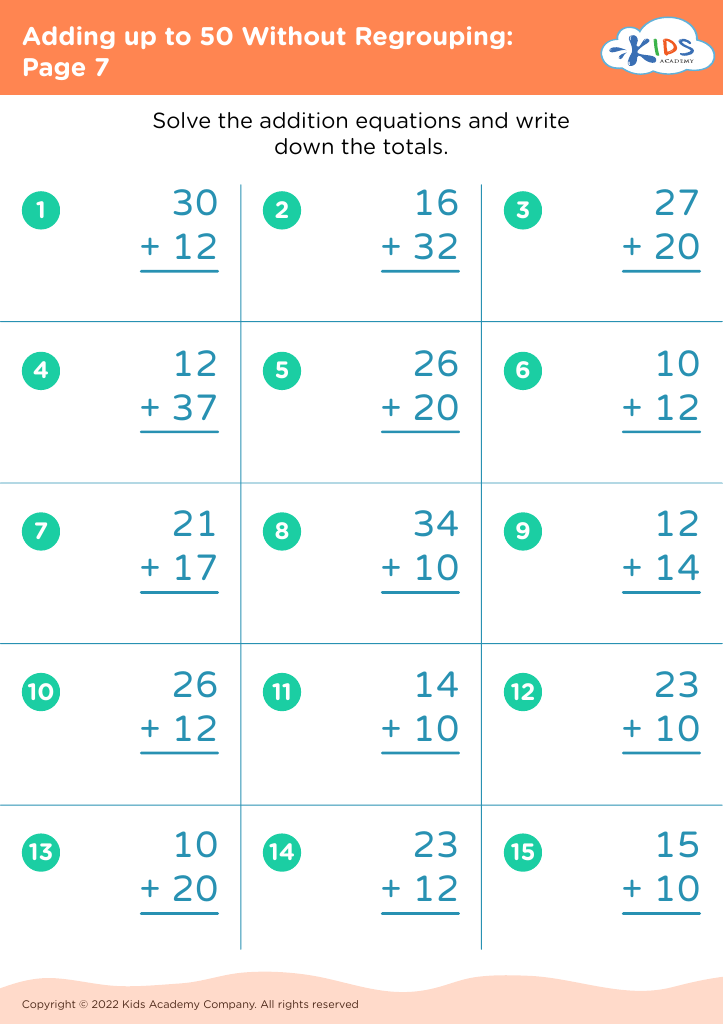
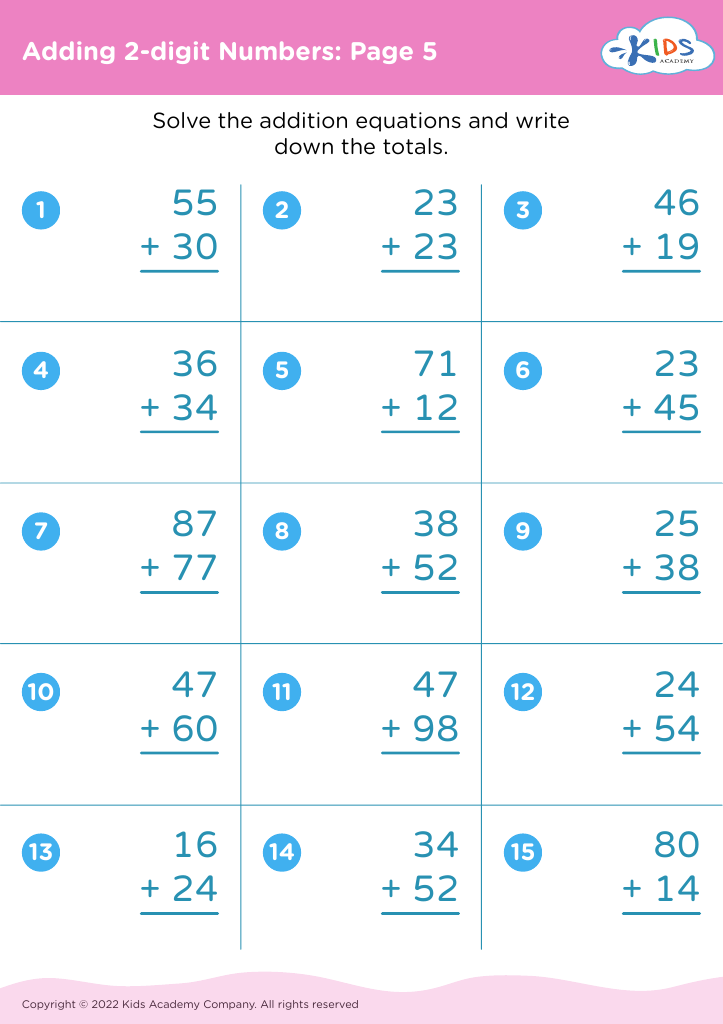

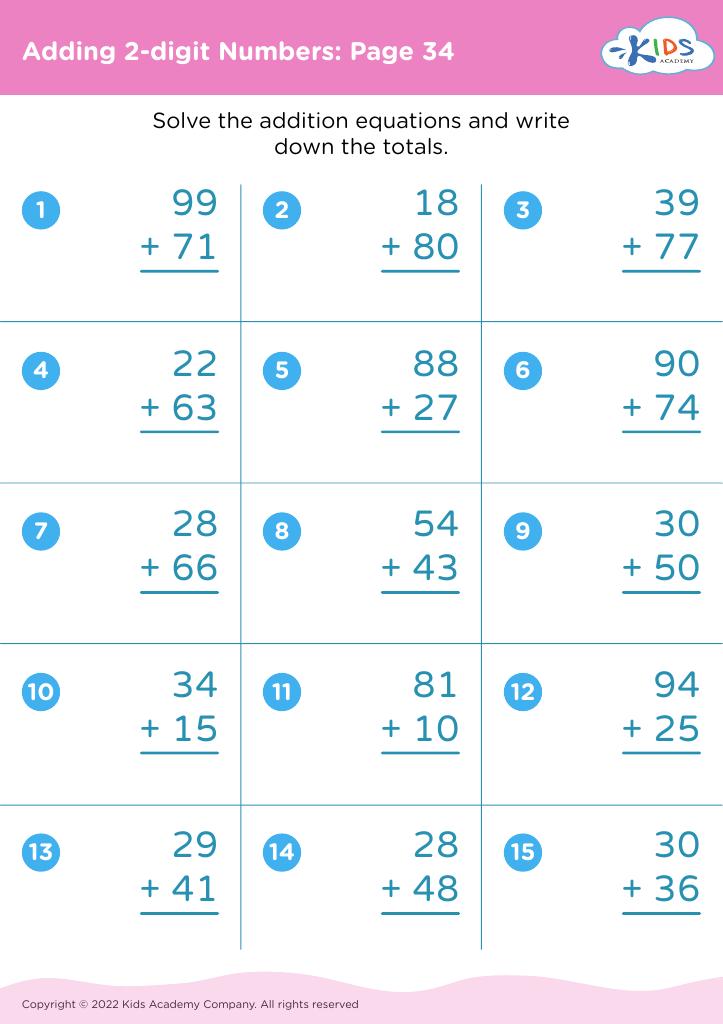
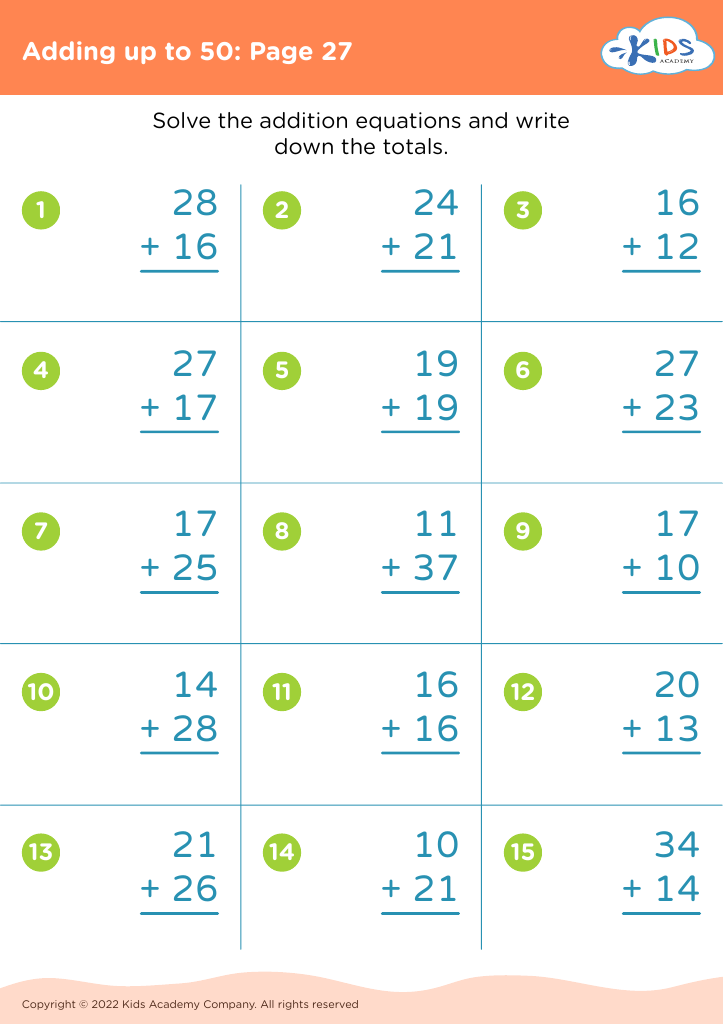
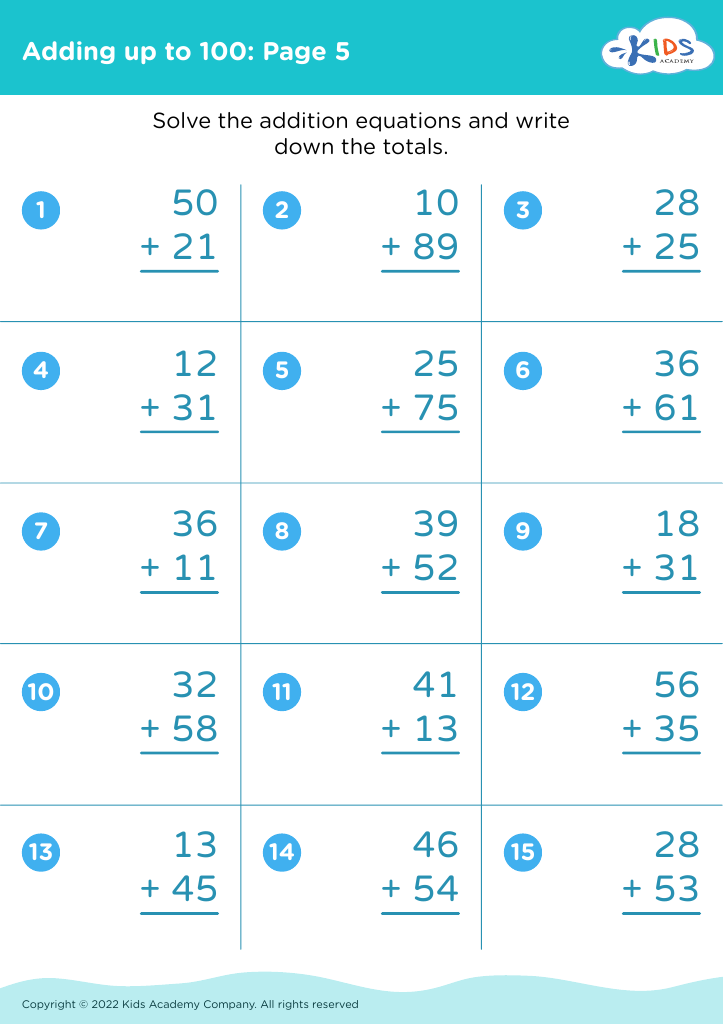
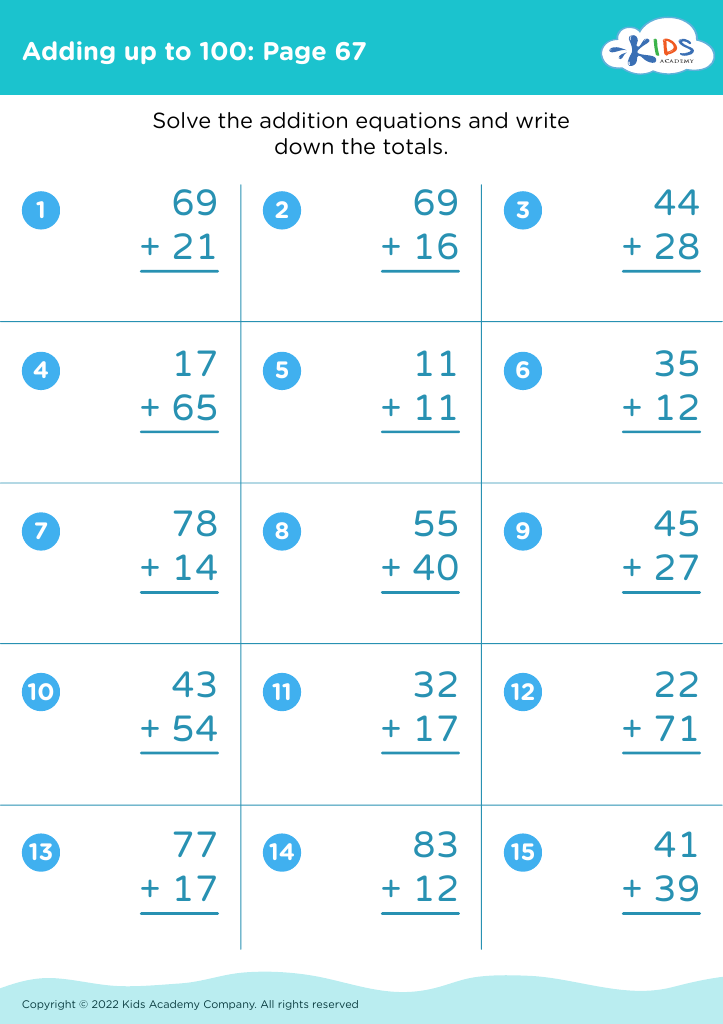
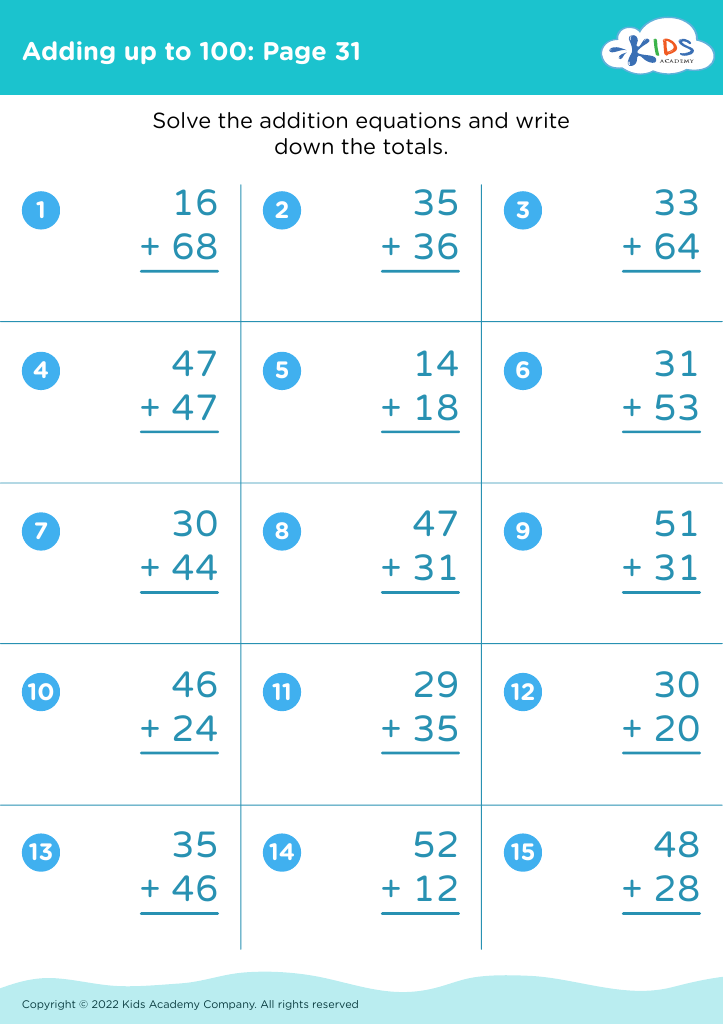
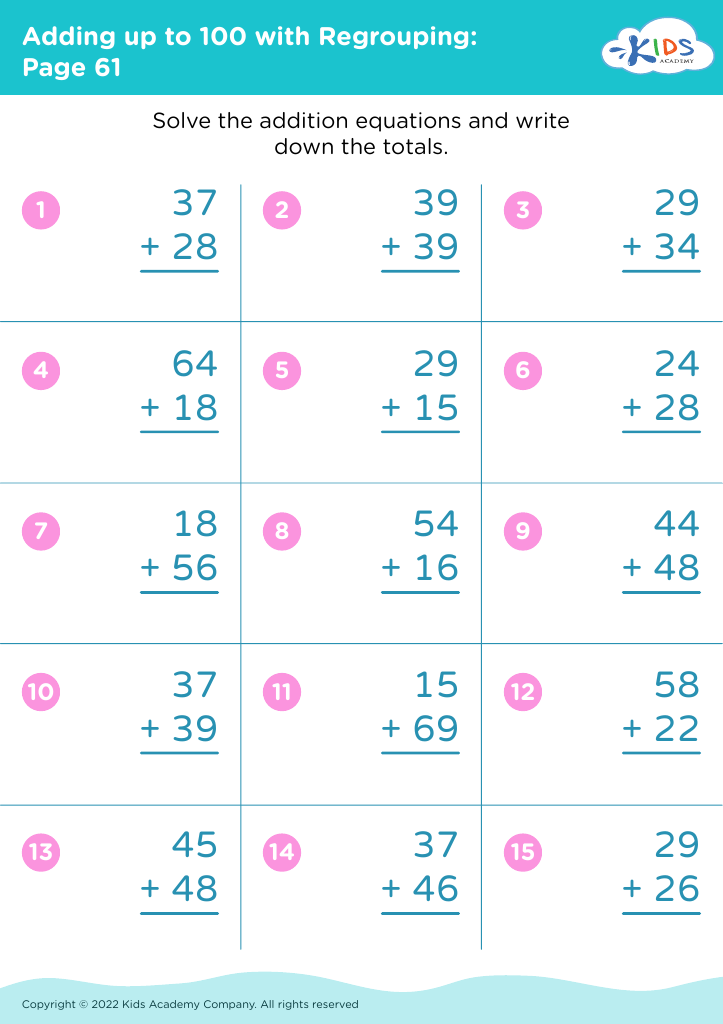
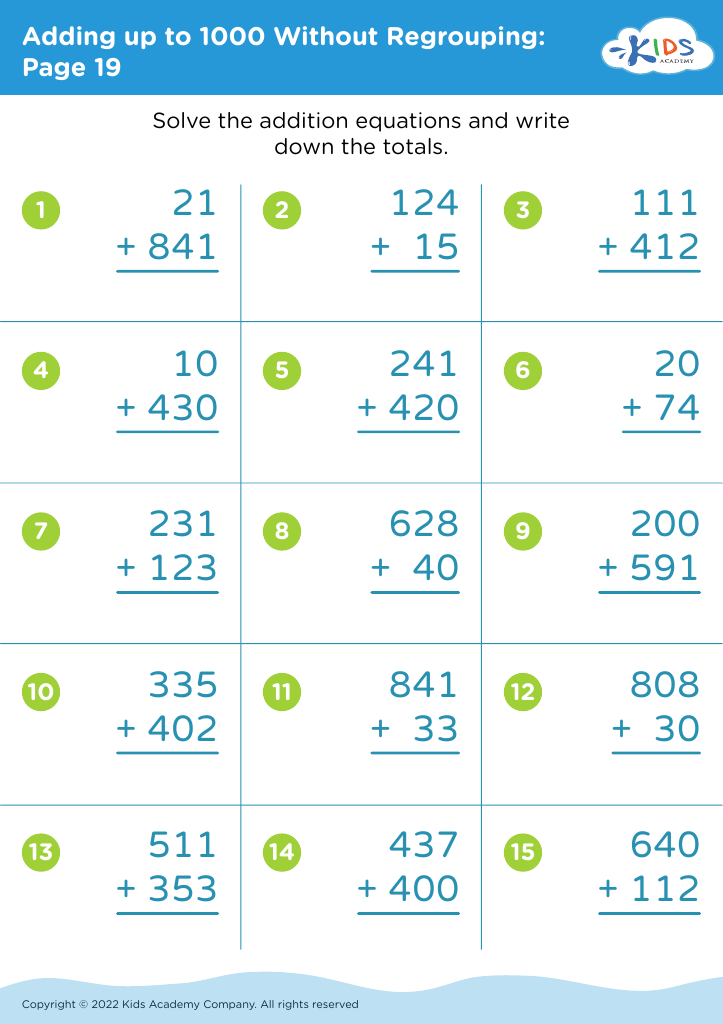

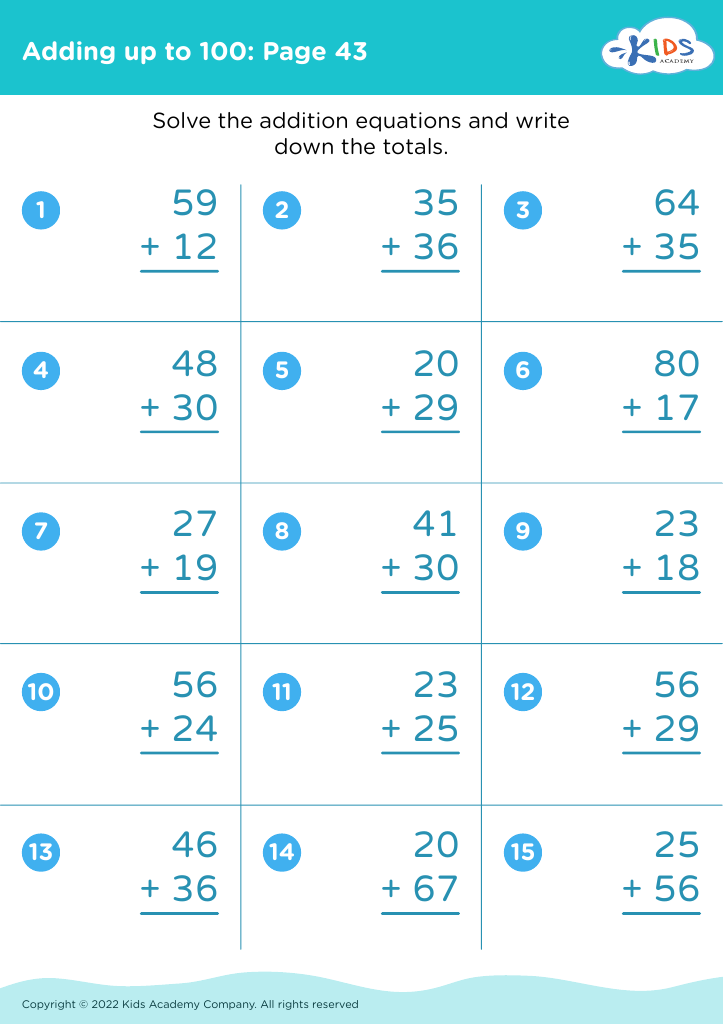
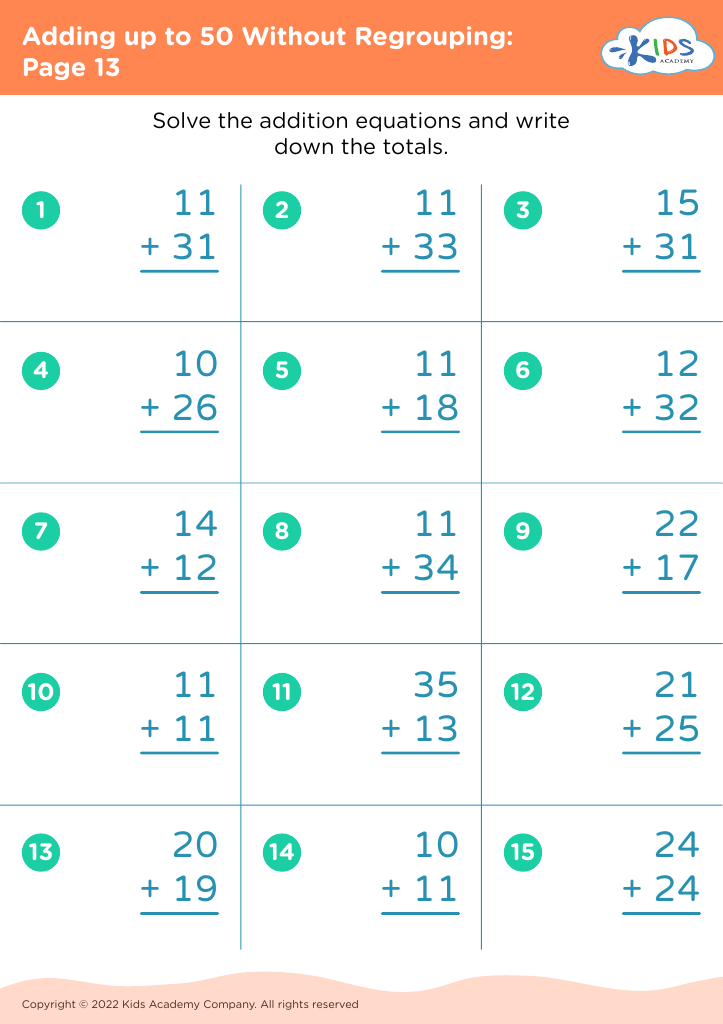
 Assign to My Students
Assign to My Students
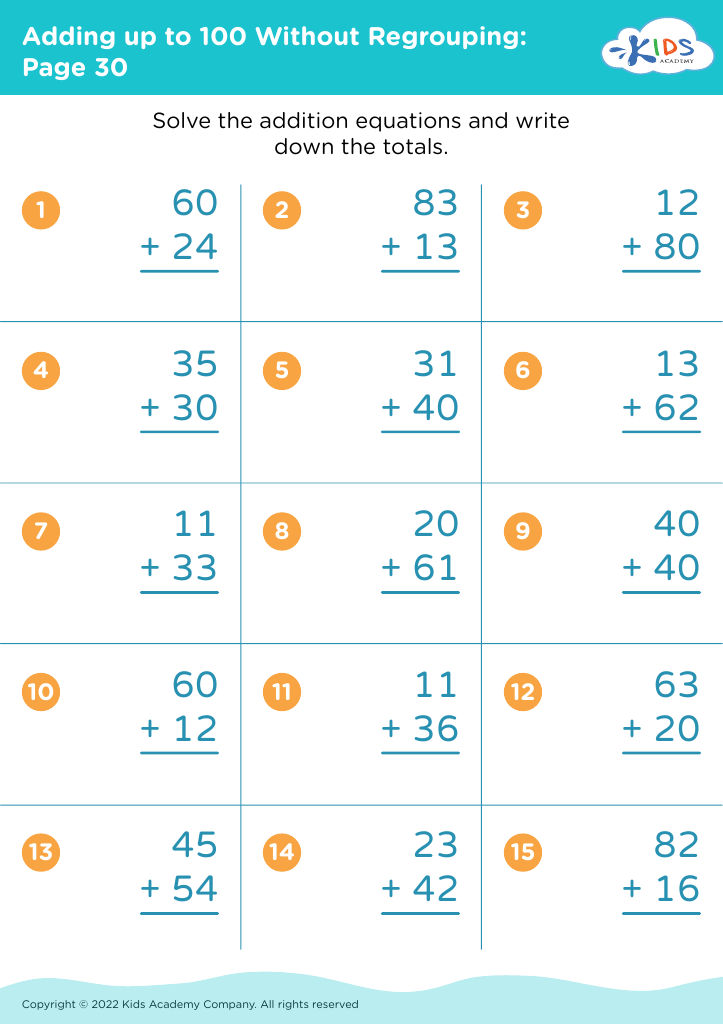
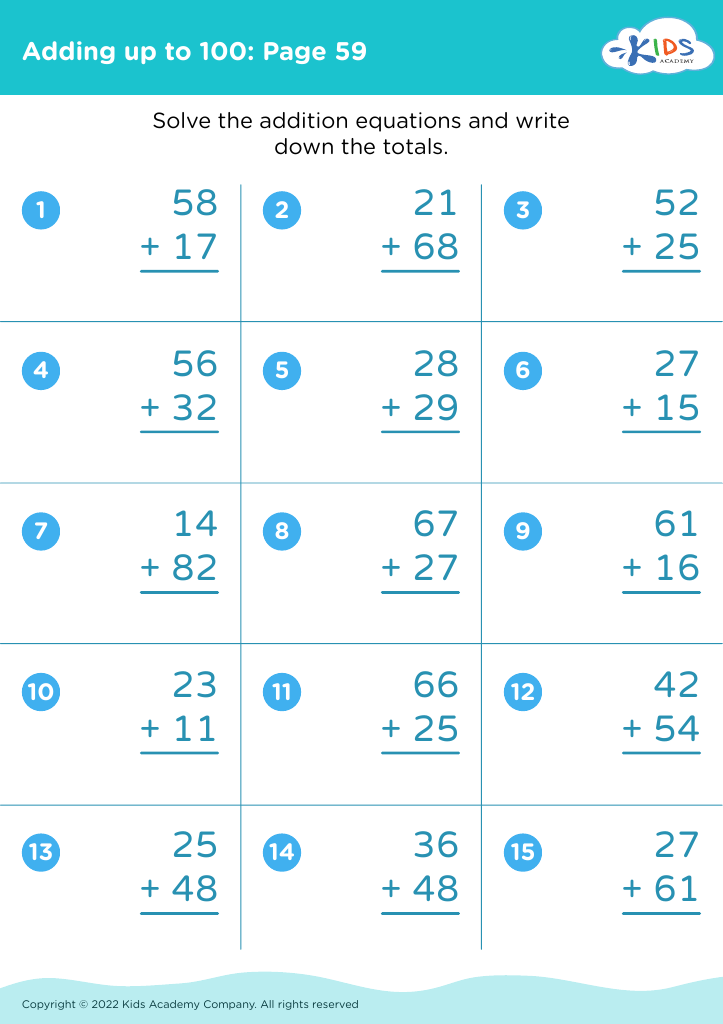

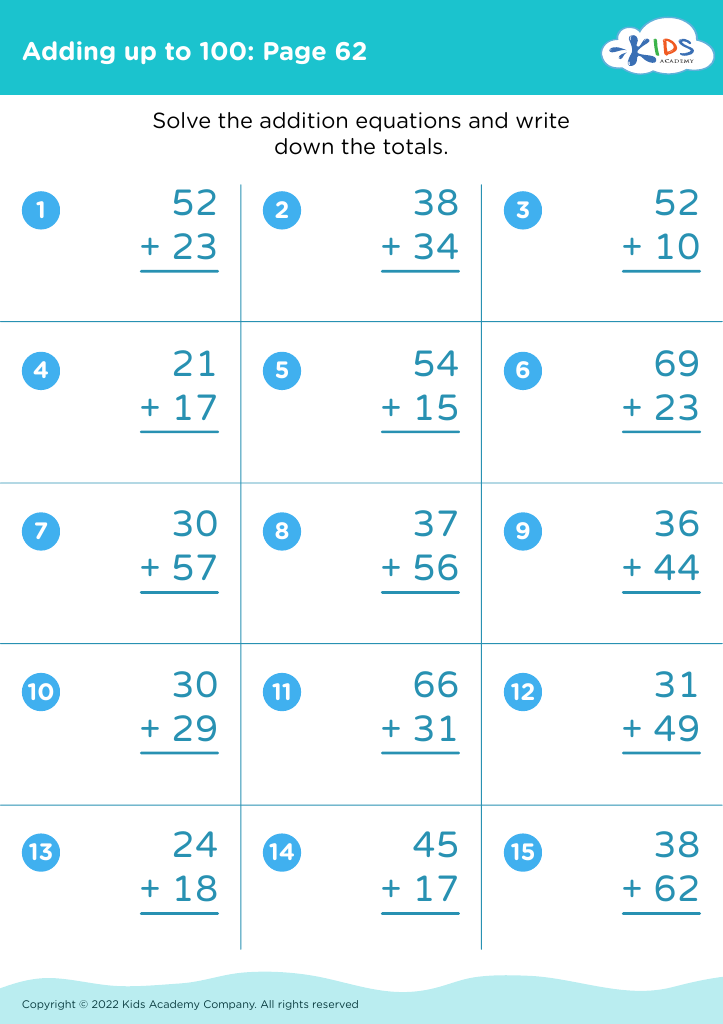
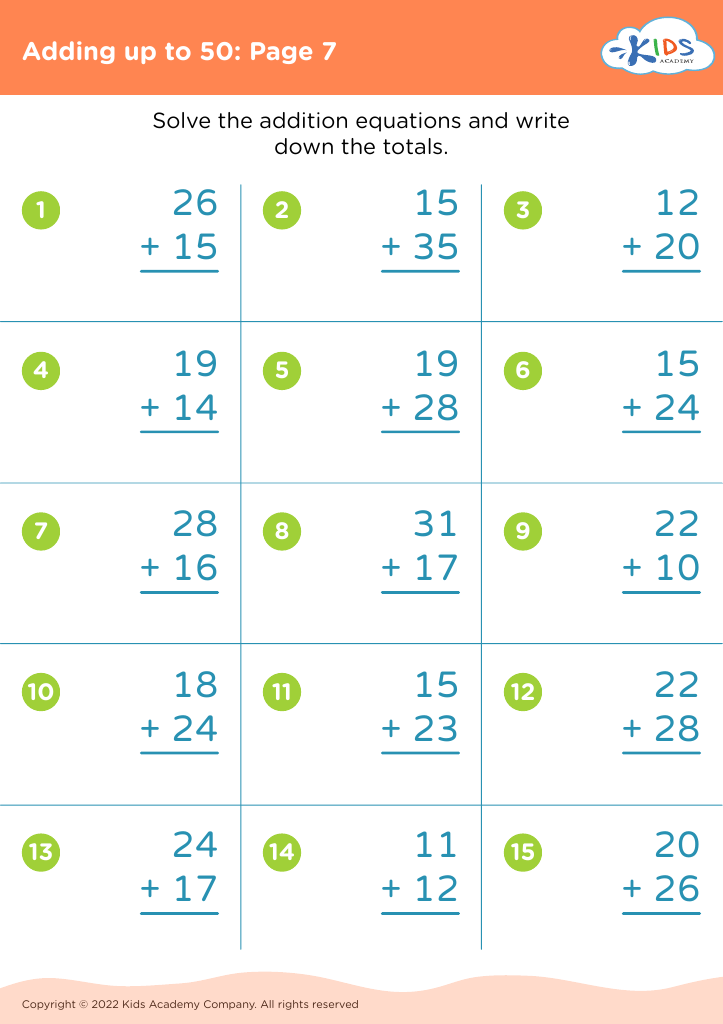



.jpg)















